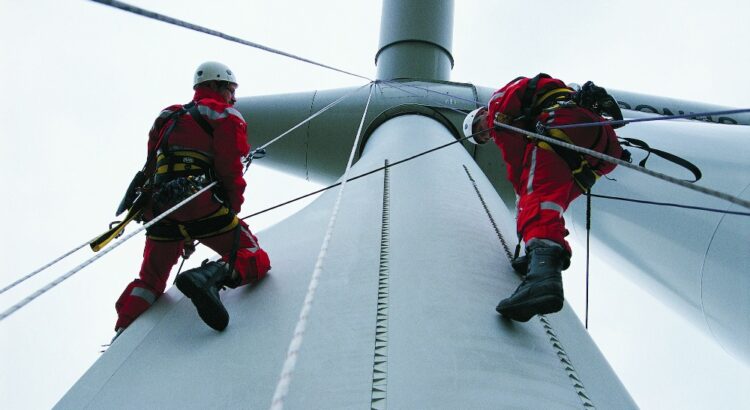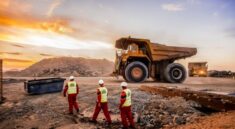As the global shift toward renewable energy gains momentum, wind power is emerging as a key solution for sustainable electricity generation. Wind farms are multiplying across landscapes and coastlines, offering communities a clean and renewable source of energy. However, while installation marks the beginning of a turbine’s life, ongoing maintenance is essential to ensure efficiency and reliability. Among the most complex and high-stakes aspects of turbine upkeep is the repair of the blades, which are constantly exposed to environmental stress and mechanical wear.
When a wind turbine blade becomes damaged, the financial implications can be considerable. Repairing a single blade may cost more than $30,000, and every day a turbine remains inactive can result in over $1,600 in lost revenue. These figures highlight the critical importance of proactive maintenance. Beyond the immediate cost, delays in repair can also affect energy output and grid commitments, making downtime a serious concern for operators.
Maintenance becomes even more essential as turbines age. Many come with short-term manufacturer warranties, meaning that long-term care often falls to the operator. Without manufacturer support, the burden of managing blade integrity rests heavily on in-house or contracted maintenance teams, making advance planning and fast response times more important than ever.
Wind turbine blades face a wide array of threats. Environmental stressors such as ultraviolet rays, rain erosion, high winds, and airborne debris gradually weaken blade surfaces. In some cases, damage may appear minor, like surface scuffs or paint loss. In others, internal issues like delamination, cracks, or structural fatigue can compromise performance and safety.
Diagnosing these problems requires advanced tools and trained technicians. While surface damage may be easy to spot, many faults occur beneath the surface. Technologies like ultrasound, thermal imaging, and laser-based diagnostics are commonly used to locate hidden flaws. The complexity increases due to variations in blade materials. Each manufacturer uses specific composite material structures, making repairs more difficult and requiring specialized knowledge to source and apply appropriate materials.
The logistics of blade repair present another layer of challenge. Wind farms are typically located in isolated regions, far from maintenance hubs. Offshore wind farms add even more complexity with the need for marine transport and strict scheduling based on weather windows. Coordinating the delivery of tools, spare parts, and technicians to remote locations can be time-consuming and costly.
To make matters more complicated, there is a shortage of skilled technicians in the wind energy sector. As the number of installations grows, the demand for trained personnel is outpacing supply. This places greater pressure on organizations to prioritize training and retain experienced maintenance teams who can handle the physical and technical demands of blade repair.
Safety is also a major concern. Technicians often work at heights exceeding 300 feet, sometimes in less-than-ideal weather conditions. Safety harnesses, weather monitoring, and detailed protocols are non-negotiable to protect workers. While these measures increase safety, they also extend the duration and complexity of repairs.
Despite these challenges, the wind energy sector is responding with innovation. New repair materials are being developed that are not only more durable but also environmentally sustainable. These materials are designed for faster application, which helps reduce turbine downtime and labor intensity. In addition, the industry is moving toward predictive maintenance models, where data is used to anticipate wear and address issues before they escalate.
Drones and automated inspection tools are improving both speed and accuracy in blade assessments. These technologies allow technicians to evaluate damage from a safe distance and identify maintenance needs without climbing the turbine. When paired with data analytics, this approach allows for smarter maintenance scheduling and a shift toward more proactive care.
As wind energy continues to grow as a global power source, maintaining the condition of turbine blades is becoming a top priority. Effective repair strategies, combined with new technology and a trained workforce, are essential to supporting the industry’s long-term success. Taking care of blades not only protects investments but also ensures that clean energy production remains consistent and reliable for years to come.



